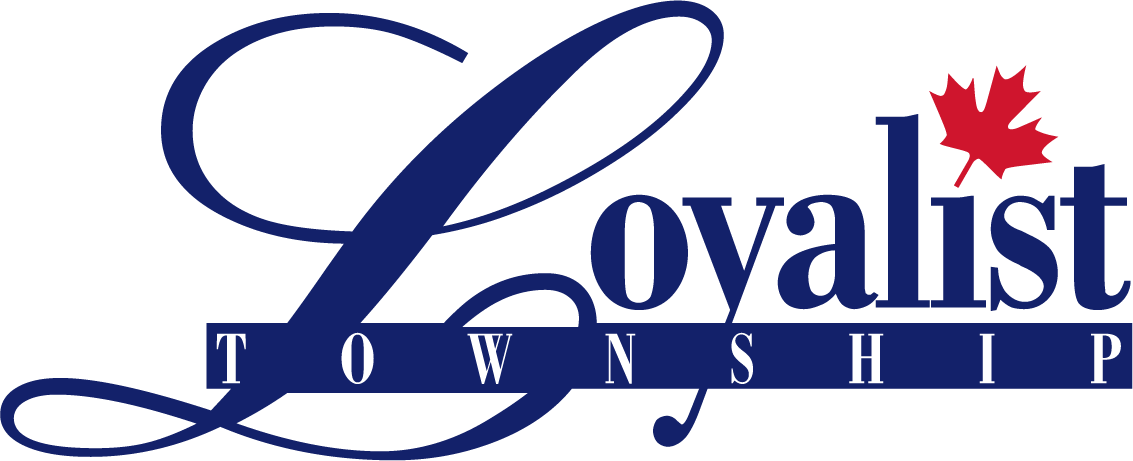Switzerville Cemetery is located by 1911 Newburgh Road. Historically, many local sites were used for pioneer burials, and the earliest recorded date indicating that Switzerville was a cemetery is in the land deed when members of an Episcopalian Methodist Chapel purchased land to erect a Chapel.
One of the earliest dates found is on the Madden headstone with two burials in 1817. Wooden markers or fieldstones were used to mark graves as there were few stone carvers and the cost of purchasing formal headstones was beyond the means of most pioneer farmers. Several pre-1842 headstones have survived and are noted as being fine examples by researchers documenting early pioneer cemeteries. The headstone of John Grange, erected by his sons, and dated 1835, has been recognized as outstanding. There are about 125 recorded graves that have markers but as with many pioneer cemeteries there are many unmarked graves as well.
The name, Switzerville, originated from an early settler, Christopher Switzer, who, along with his family, settled in the area and was a Palatine Methodist
Many Methodists were from upper New York State and migrated to Upper Canada in the 1790's in large numbers. The names of these pioneer families may still be found in the area: Switzer, Embury, Detlor, Miller, Huffman, Heck, Dulmage, Bininger, Sparling, Lawrence, Carscellen, Shorey, Madden, Empey, and Neville.
Switzerville Cemetery is designated under the Ontario Heritage Act for both historical and cultural reasons. It documents Canada's pioneer history in rural areas, specifically a community of families brought together through the Methodist denomination and provides a tangible historical site for present and future generations.
Notable parts of this cemetery are some finely detailed carved headstones, some dating back as early as the mid to late 1820's. Several are examples of the skills of township resident carvers named Moore who marked their workplace as MillCreek (1854) and Odessa (1860's). A towering oak tree is a significant presence in the landscape with the rows of stones distributed across the ground.
Not part of the designation is the site of the church which is commemorated by the limestone monument with etched granite panels, erected in 1990, that represents both the 1826 Switzer Chapel and the brick church that replaced it in 1892, itself demolished in 1988.
On October 2, 1828, forty-eight of the most important Episcopalian preachers along with the Methodists met at the Switzerville Chapel to formally declare an independent Canadian Methodist Chapel. Native Canadians from Rice Lake attended the Chapel and erected their tents in the unused portions of the cemetery where they sang and displayed their crafts. While the Chapel has gone, the cemetery remains as a reminder of where many pioneer Methodists settled, worshipped, lived, and died. A cairn was erected in 1989 and dedicated in 1990 to mark the spot where the two Chapels had stood.

